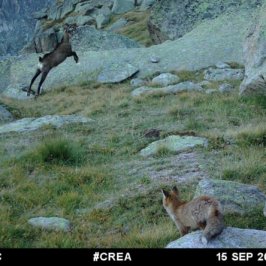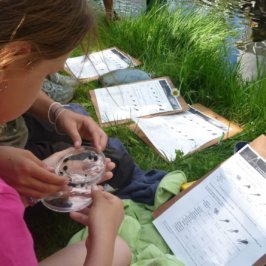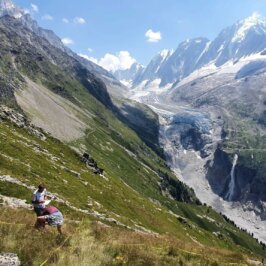This emblematic citizen science program of CREA Mont-Blanc needs no introduction. Every season, it allows hundreds of assiduous observers the opportunity to note the dates of budburst, flowering and other phenological events of the flora of our mountains. Before starting the observations in the spring, we wanted to share some results of the 2022 season.

During the past year, the community of Phenoclim has continued to grow. Indeed, we have welcomed 141 new subscribers out of the 678 participants since the launch. However, only half of these 141 new observers have gone so far as to create their own observation zone. This highlights the need to accompany novices step by step and guide them from registration to observation in the field. This is also why, with the upcoming implementation of the SPOT platform, we want to further integrate this community spirit. This will make it easier for us to help participants directly, to give them a helping hand to gain confidence and to generate mutual aid between the participants themselves.
At the same time, two new partners (called relays), the french association Forêts Alpines (Alpine Forest) and the Maison de la Météo et du Climat des Alpes du Sud (Southern Alps Weather and Climate Center) have joined the family of partners who use and share Phenoclim to the general public. Our relay partners are essential actors who, thanks to their imputs, contribute to the influence of the program in the Alps and beyond in the other mountainous massifs.
So how many observations did we have? In total this year, nearly 3,000 observations were made in spring and autumn. These observations were made by individuals in their garden or around their home, by nature professionals in natural parks or reserves, or by schoolchildren following trees near their schoolyard. All these observations were spread over about 150 sites, each of which included several trees of several species. And speaking of species, in the spring, hazelnut was the most observed species, followed closely by ash and warty birch. In the fall, the trend is reversed with Warty Birch taking first place. To know everything about the spring and fall observations, do not hesitate to consult the season reports published on the website.
Besides these phenological observations, Phenoclim has a whole network of weather stations deployed throughout the Alps. Some time ago we talked about the evaluation of this system in a blog post. This study led to a scientific publication in the journal Frontiers in Earth Science in 2022, which brings to six the total number of scientific articles published from the data of the program.








Leave a Reply